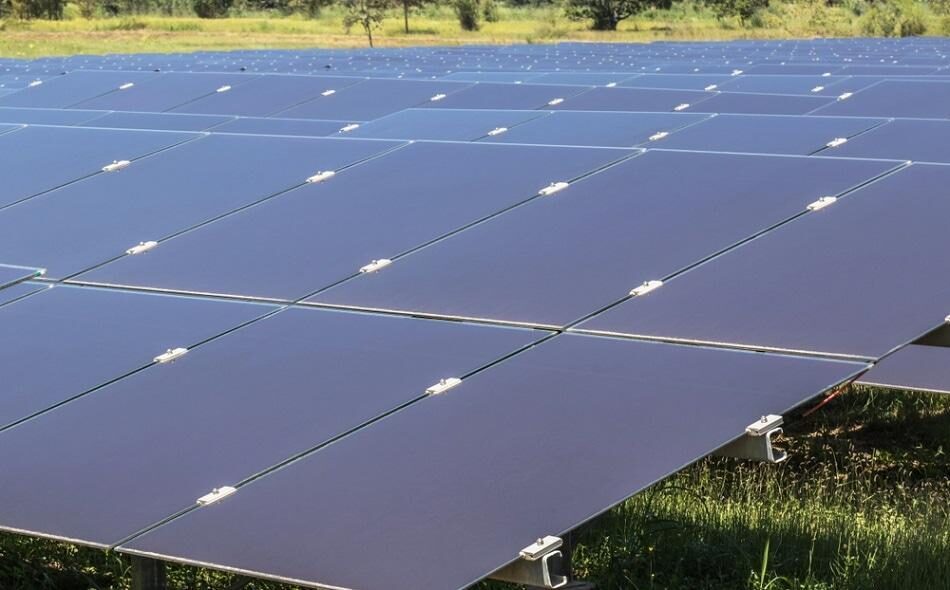Organic solar cell gains counterintuitive efficiency boost from entropy – pv magazine USA
A research team at the University of Kansas found that organic semiconductors known as non-fullerene acceptors demonstrate a high solar cell efficiency due to a reversed heat flow.
July 10, 2024
A team of researchers at the University of Kansas have studied a counterintuitive effect in organic semiconductors that may lead to solar cell efficiencies competitive with traditional silicon solar panels. The research is published in Advanced Materials.
Researchers worldwide are actively testing alternative materials to silicon for manufacturing solar cells. While silicon offers strong efficiency and durability, there are other more abundant materials that could serve as lower-cost alternatives. Silicon is also rigid, where some photovoltaic materials have demonstrated an ability to be flexibly deposited on uneven surfaces in thin layers.
One type of material researchers are developing are called “organic” semiconductors. These carbon-based semiconductors are Earth-abundant, inexpensive, and potentially more environmentally friendly.
“They can potentially lower the production cost for solar panels because these materials can be coated on arbitrary surfaces using solution-based methods – just like how we paint a wall,” said Wai-Lun Chan, associate professor of physics and astronomy at the University of Kansas.
Chan said these organic materials can be tuned to absorb light at specific wavelengths. The materials can be used to create transparent solar panels or panels with specific colors, making them a useful fit for integrating with sustainable buildings.
Organic semiconductors are already used today in display panels of consumer electronics such as cell phones and TVs. They have not yet been commercialized in PV, as their light-to-electricity conversion efficiency sits around 12%, about half as powerful as traditional silicon solar panels.
However, the use of a new class of materials called non-fullerene acceptors (NFA) may help bridge the gap in efficiency. Organic solar cells made with NFAs have demonstrated efficiencies closer to 20%.
The significant boost in performance from NFAs occurred from a counterintuitive effect. The team found that some of the excited electrons in the material gained energy from the environment, rather than losing it via entropy.
“This observation is counterintuitive because excited electrons typically lose their energy to the environment like a cup of hot coffee losing its heat to the surrounding,” said Chan.
The researchers believe that the energy gain may be due to a quantum effect in electrons, where an electron can appear on multiple molecules at the same time. This quantum effect, combined with the Second Law of Thermodynamics, which states that every physical process will lead to an increase in the total entropy, leads to the unexpected energy gain.
“In most cases, a hot object transfers heat to its cold surroundings because the heat transfer leads to an increase in the total entropy,” said Rijal. “But we found for organic molecules arranged in a specific nanoscale structure, the typical direction of the heat flow is reversed for the total entropy to increase. This reversed heat flow allows neutral excitons to gain heat from the environment and dissociates into a pair of positive and negative charges. These free charges can in turn produce electrical current.”
The researchers said the mechanism can be utilized to make more efficient solar cells. They also believe it may be useful when applied to photocatalysts for solar-fuel production, a photochemical process that uses sunlight to convert carbon dioxide into organic fuels.
This content is protected by copyright and may not be reused. If you want to cooperate with us and would like to reuse some of our content, please contact: ed*****@pv*********.com.


